Beneath the Music: Staff, Notes, and Intervals
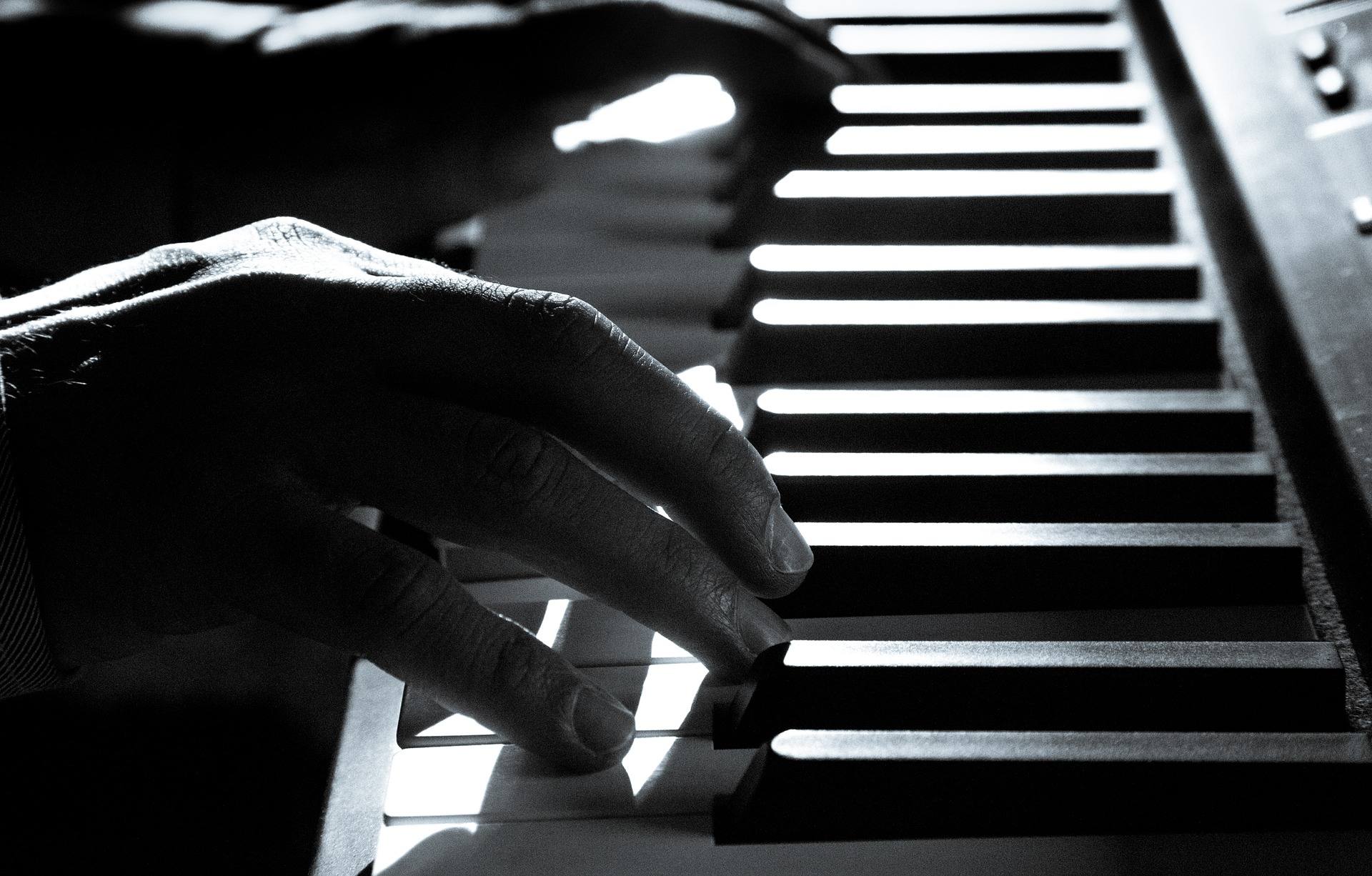
In my previous post, How to Play Songs on the Piano With Ease in Any Key, I shared with you a high-level look at the Nashville Numbering System (NNS). As promised in that article, I’m going to break things down for you today so you can see what it is made of and how it all fits together.
I’m aware that all of you are at different skill levels. With this in mind, it’s only fair to those who don’t have much of a musical background that I start from the beginning.
After all, so many musicians have skipped the essentials of how music really works in an effort to learn songs, licks, and progressions as fast as possible. In doing this, they overlook valuable information that will contribute toward their overall growth as a musician.
Like just about anything in life, those who invest in learning how something works use it in an efficient way and ultimately get the most out it.
I love what Noobs Guide to Music Theory has to say about this:
“Music theory will give structure to your design, and a better understanding of how aesthetic sound works. It will bring focus and direction to your inspiration, and give you a better understanding of melody, rhythm, and general song structure.”
So, let’s get started.
The Grand Staff
The low, medium and high pitches that you hear in music are called notes. For people who can read music, notes can be found on what is called the staff. The staff is broken up into bars which are separated by vertical lines. These are called bar lines.
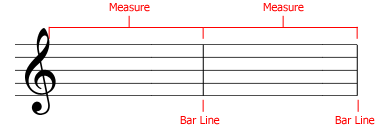
A piece of music also has what is called a time signature. The time signature is found at the beginning of the song. It has 2 numbers. One is on the top and one is on the bottom.
The top number tells the person how many beats are in a measure and bottom number represents what note receives the beat.
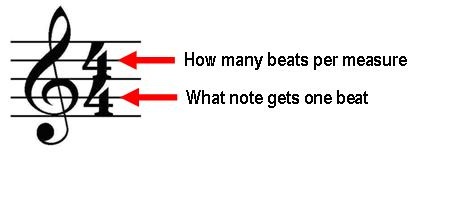
Notes
Notes are defined by 2 main characteristics: value and pitch
Let’s look at note values first.
Whole note – 4 beats
Half note – 2 beats
Quarter note – 1 beat
Eighth note – 1/2 of a beat
Sixteenth note – 1/4 of a beat
Thirty-second note – 1/8 of a beat
Sixty-fourth note – 1/16 of a beat (not shown)
See pictures below for illustration.
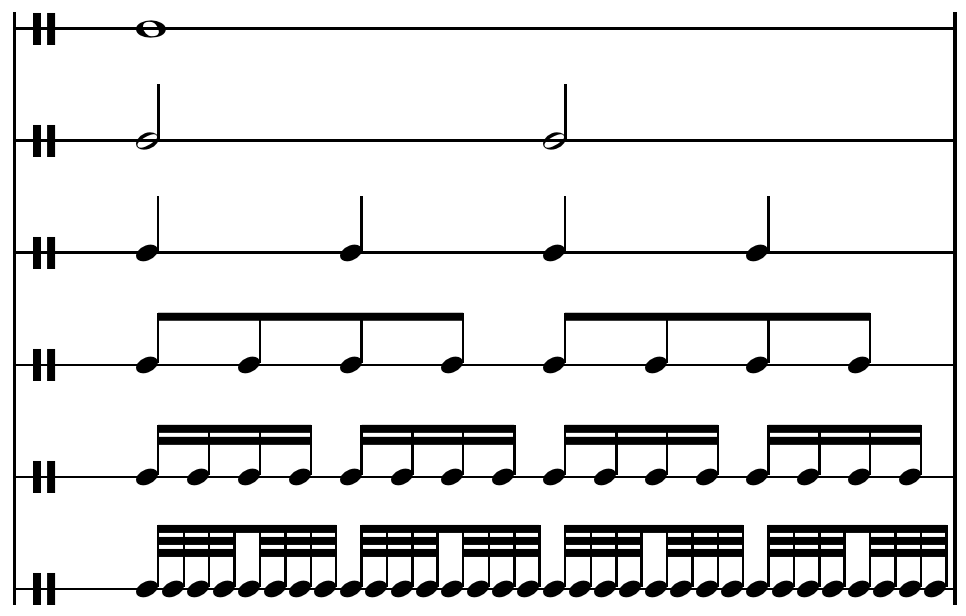
Let’s now look at note pitches.
There are 7 main note pitches. They are identified by using the first 7 letters of the English alphabet and look like this:
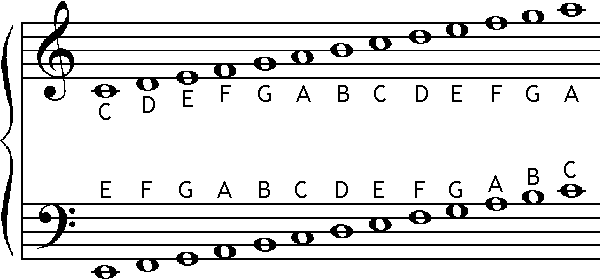
Here is how they look on the keyboard:

There are 5 more pitches (these are the black keys on the piano) that are identified using sharps (#) and flats (b). They are C#/Db, D#/Eb, F#/Gb, G#/Ab, A#/Bb.
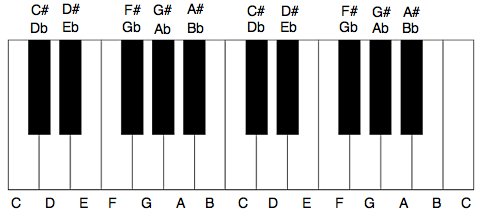
Intervals
An interval is the space between 2 notes. The smallest interval is a half-step. A whole step is made up of 2 half-steps. Here’s what they look like on the piano.

Perfect 1st: 0 Half-Steps (Just the root note).
Major 2nd: 2 Half-Steps.
Major 3rd: 4 Half-Steps.
Perfect 4th: 5 Half-Steps.
Perfect 5th: 7 Half-Steps.
Major 6th: 9 Half-Steps.
Major 7th: 11 Half-Steps.
Perfect 8th (Octave): 12 Half Steps.
If this is your first time ever being exposed to music theory, you may be wondering how any of this has to do with learning to play using the Nashville Number System. I assure you that it all fits. As we begin to build on these explanations of how music functions, it will become clear to you.
Stay tuned, my friends!
